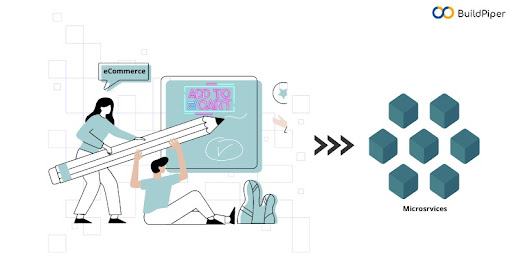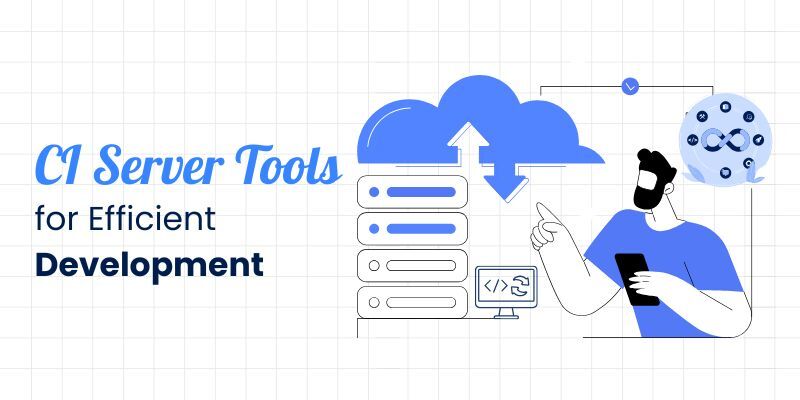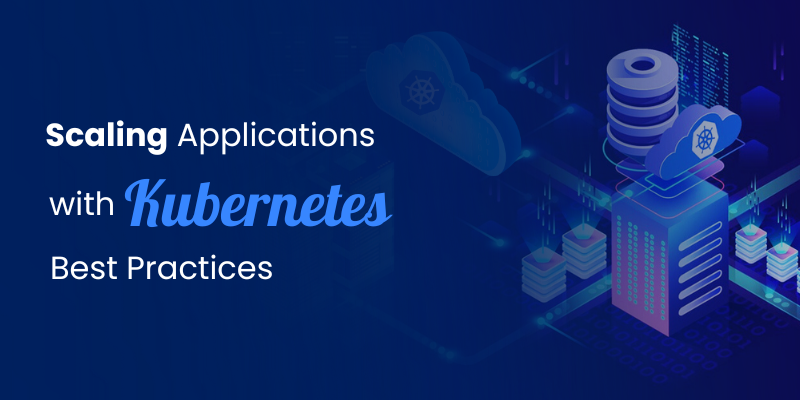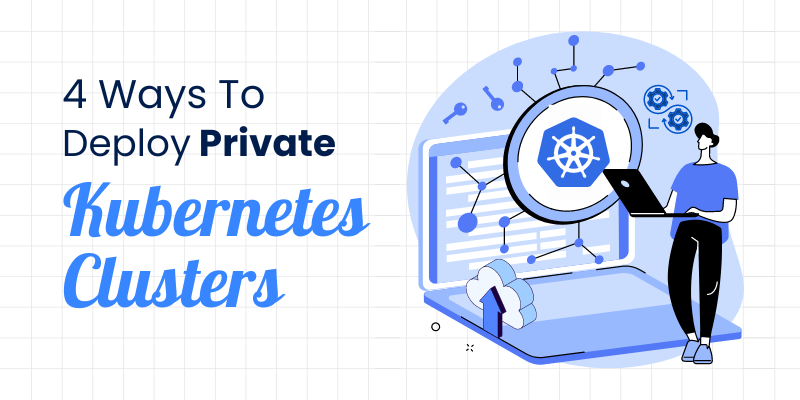
Microservices are described as the prime movers of the eCommerce of tomorrow. By encapsulating a specific functionality into individual services that interact, microservices offer specialization, speed, agility and reliability. They enable businesses with reduced time to market and rapid response to growing customer needs.
No doubt, this is exactly what the eCommerce business demands today. Here’s why choosing Microservices for eCommerce can be a great plan if you wish to thrust your eCommerce business to heights. Let’s take a look!
Microservices- The Future of eCommerce!
To successfully thrive in this age of digital commerce, businesses and teams need to be backed by a robust, fast and flexible technology architecture that can easily adapt to new products & go-to-market strategies and be spun up on the fly. The best way to accomplish all this is with a Microservices architecture.
Monolithic architecture is bad for eCommerce!
While monolithic architectures can be simple to build, test, and deploy, their limitations become a significant challenge to be handled, especially in this digital era. The services become too large and complex to make changes quickly and correctly. Any bugs or issues within Monolithic applications can be a disaster since any change requires significant time and investment to update the entire application. This is what makes Monolithic architectures often a barrier to adopting new technologies.
These limitations are even more blatant and intrusive in the age of subscriptions. In today’s digital market, if a business is selling products or services online, they’re likely offering subscriptions. In fact, 95% of enterprises selling online provide at least one subscription-based product.
For subscription-based commerce businesses, the need for microservices architecture becomes all the more critical. A recurring revenue strategy calls for frequent adjustments and easy integration with other systems. Monolithic architecture fails to fulfil these conditions making it a bad choice for eCommerce businesses.
[Good Read: 3 Ways Microservices are Transforming Businesses Today!]
Scalability is the Critical Factor!
One of the greatest benefits of implementing Microservices architecture for eCommerce is the ability to scale quickly. Monolithic architectures are much more rigid because everything needs to be scaled at the same time. All the processes in a monolithic architecture are closely linked and they work together as a single service. This implies that if one process within the application needs some changes, then the whole application must be scaled.
On the other hand, it’s easy to scale individual components of an application to meet various business use cases. Since the entire application is divided into small independent modules that run as a service, Microservices allow each service to be scaled individually without any complexity, making it easier for teams to meet the demand for features that the application supports.
Because microservices give DevOps teams the freedom to update individual components, organizations can effortlessly make changes without any intervention in large complex systems. This is what makes implementing a microservices architecture for eCommerce the perfect choice for all!
Microservices are apt to meet ever-changing requirements!
The needs of businesses in today’s market space are always changing, but digital and subscription commerce businesses have proven to be exceptionally dynamic. Monolithic architectures aren’t equipped to power digital transformation or support commerce businesses. Microservices may come in a smaller “package,” but they’ll deliver much bigger benefits to your business in the long run.
No doubt, adopting microservices for eCommerce is a tactical approach but at times it might fail to deliver desired results. Microservices architecture is no silver bullet, it comes with a trade-off. DevOps teams need an all-embracing solution to manage and deploy them seamlessly.
Managing Microservices is a Tough Row to Hoe!
The execution and deployment of microservices architecture for eCommerce businesses require a well-automated system to manage the large and complex life cycles of Microservices. Things can go out of hand resulting in huge losses if not managed well.
Right from infrastructure creation, Kubernetes cluster management, security, and configuration management, to the complete set-up of hassle-free CI-CD pipelines, your business requires a platform that can manage everything from taking modularised code from a developer’s workstation, all the way to the production environment.
A Kubernetes & Microservices delivery platform that enables a seamless orchestration of independent and complex Microservices functionalities and helps your team with reduced management overheads, reduced risks & failures, and robust security & access control. A platform that can empower your team with deep cluster insights and enable them to easily monitor the health status of the nodes & pods and view the complete node lifecycle management.
BuildPiper brings along a comprehensive solution for seamless and intuitive microservices delivery with onboarding, environment provisioning, security, Macro & Micro CI-CD pipelines, monitoring, and much more!
Schedule a Demo today to kick-start your Microservices app delivery journey!
The article is also published on Digitial Doughnut. Here’s the link!



